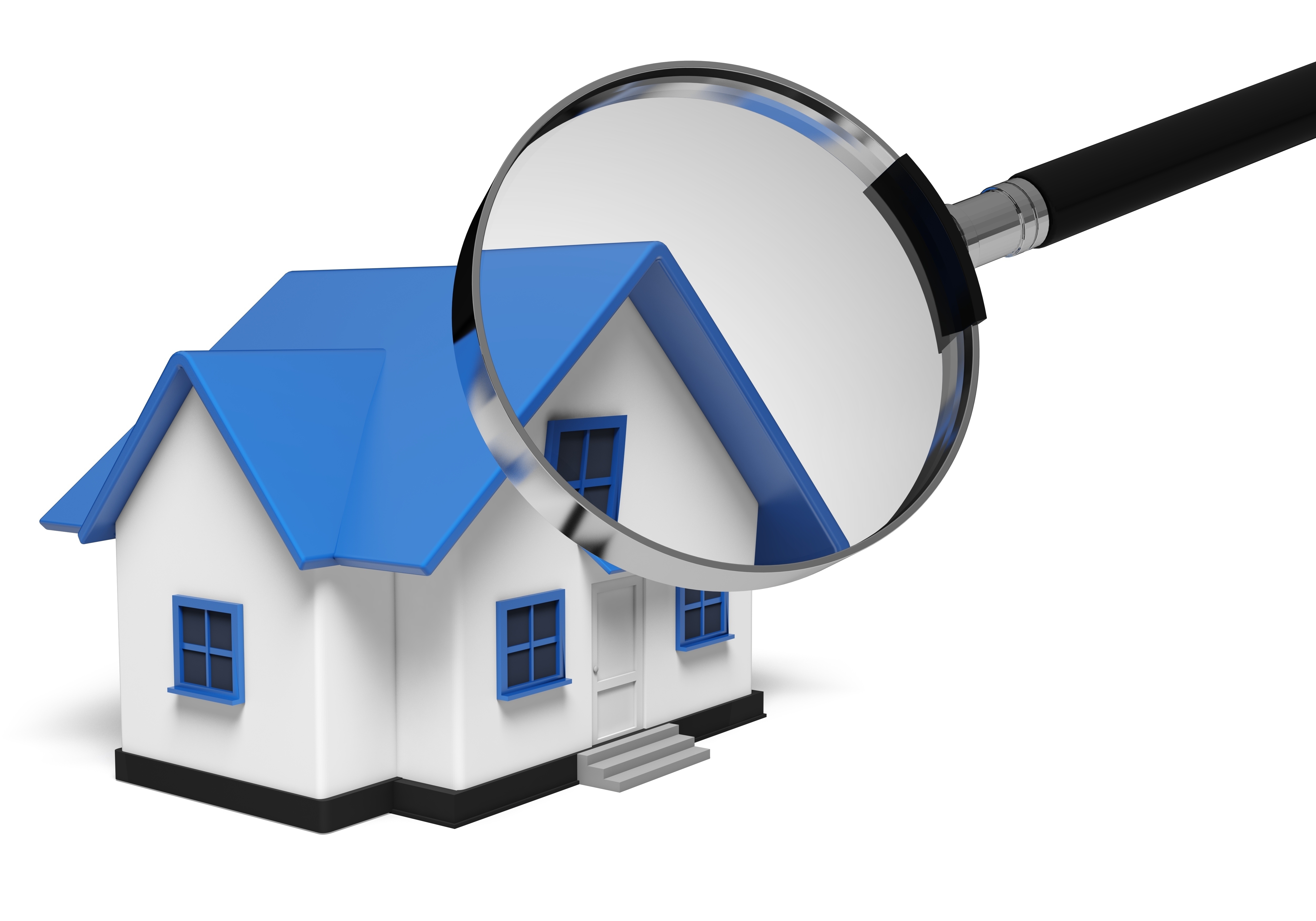
What Are the Components of an Appraisal?A home purchase can be the most serious investment many of us might ever consider. Whether it's a primary residence, a second vacation property or one of many rentals, purchasing real property is a detailed transaction that requires multiple parties to see it through. It's likely you are familiar with the parties taking part in the transaction. The real estate agent is the most known face in the transaction. Then, the lender provides the money needed to bankroll the deal. And ensuring all details of the transaction are completed and that a clear title transfers from the seller to the purchaser is the title company. So, who's responsible for making sure the value of the property is in line with the amount being paid? This is where you meet the appraiser. We provide an unbiased opinion of what a buyer might expect to pay — or a seller receive — for a parcel of real estate, where both buyer and seller are informed parties. A licensed, certified, professional appraiser from Mark D. Bruner Appraisals, Inc will ensure, you as an interested party, are informed. The inspection is where an appraisal beginsTo determine an accurate status of the property, it's our responsibility to first complete a thorough inspection. We must see aspects of the property first hand, such as the number of bedrooms and bathrooms, the location, living areas, etc, to ensure they really are there and are in the condition a reasonable person would expect them to be. The inspection often includes a sketch of the property, ensuring the square footage is proper and conveying the layout of the property. Most importantly, we identify any obvious amenities - or defects - that would have an impact on the value of the house. Following the inspection, an appraiser uses two or three approaches to determining the value of the property: a sales comparison, a replacement cost calculation, and an income approach when rental properties are prevalent. 
Replacement CostHere, the appraiser pulls information on local building costs, labor rates and other factors to ascertain how much it would cost to replace the property being appraised. This estimate usually sets the upper limit on what a property would sell for. It's also the least used predictor of value. 
Sales ComparisonAppraisers can tell you a lot about the neighborhoods in which they appraise. They thoroughly understand the value of specific features to the people of that area. Then, the appraiser researches recent sales in close proximity to the subject and finds properties which are 'comparable' to the home in question. By assigning a dollar value to certain items such as fireplaces, room layout, appliance upgrades, additional bathrooms or bedrooms, or quality of construction, we add or subtract from each comparable's sales price so that they more accurately match the features of subject property.
Once all necessary adjustments have been made, the appraiser reconciles the adjusted sales prices of all the comps and then derives an opinion of what the subject could sell for. When it comes to valuing features of homes in Broken Arrow and Wagoner, Mark D. Bruner Appraisals, Inc is second to none. The sales comparison approach to value is most often awarded the most consideration when an appraisal is for a real estate sale. Valuation Using the Income ApproachA third way of valuing a house is sometimes employed when a neighborhood has a measurable number of renter occupied properties. In this case, the amount of income the real estate produces is factored in with other rents in the area for comparable properties to determine the current value. Coming Up With The Final ValueAnalyzing the data from all applicable approaches, the appraiser is then ready to stipulate an estimated market value for the property at hand. It is important to note that while the appraised value is probably the most reliable indication of what a house is worth, it may not be the price at which the property closes. Depending on the individual circumstances of the buyer or seller, their level of urgency or a buyer's desire for that exact property, the closing price of a home can always be driven up or down.Regardless, the appraised value is typically employed as a guideline for lenders who don't want to loan a buyer more money than they could recover in case they had to sell the property again. The bottom line is, an appraiser from Mark D. Bruner Appraisals, Inc will guarantee you attain the most fair and balanced property value, so you can make the most informed real estate decisions. |